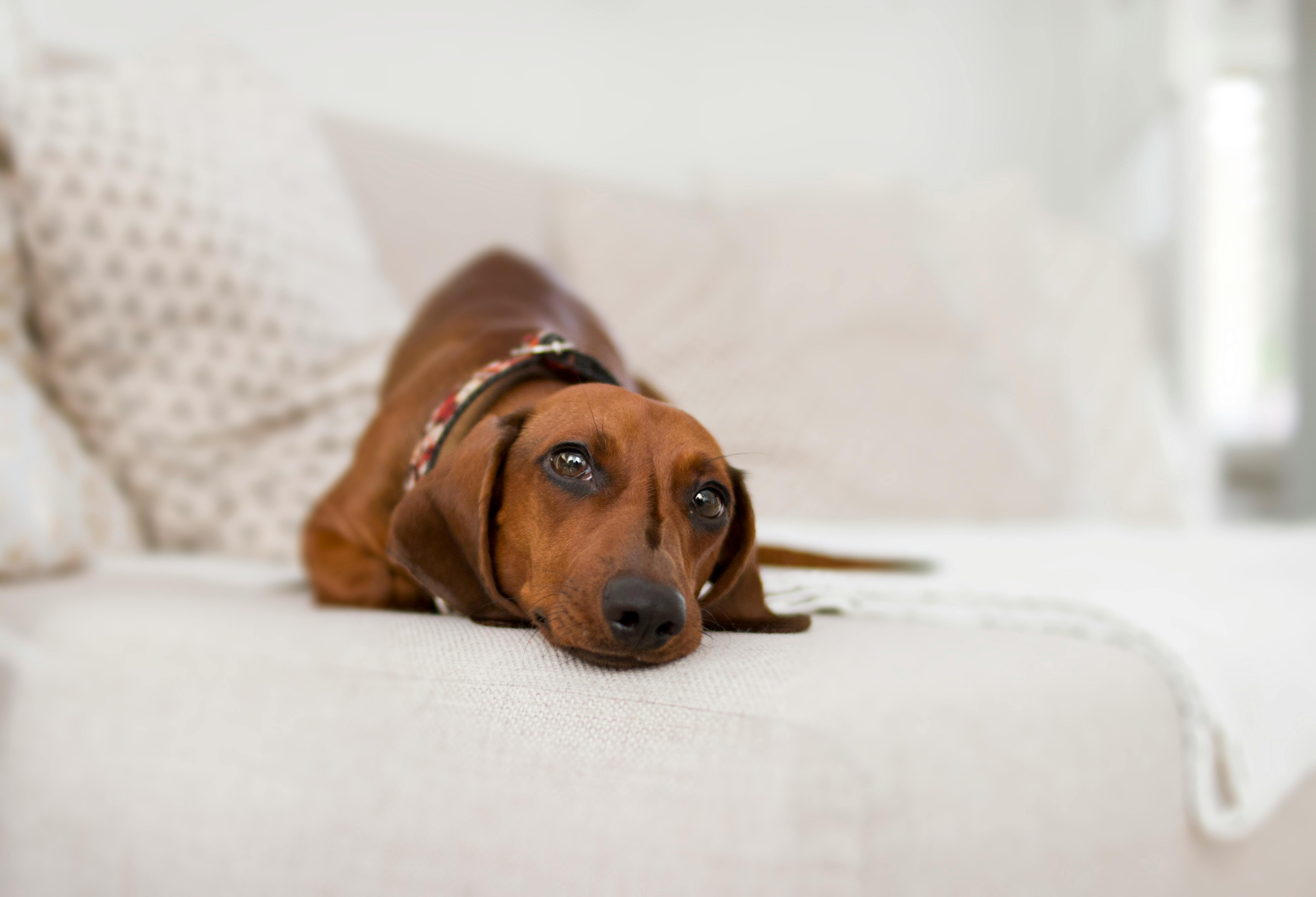Important things to keep in mind when rehoming a rescue dog

Dogs, like people, need time to adjust to a new environment and a new routine. I work from home and am lucky enough to control my own diary and schedule and be free to come and go as I choose.
After being in the rescue center for a long period of time, a dog loses his usual routine. Just like people, dogs have a routine of when they get up, when they go to the bathroom, when they eat, etc. For a rescue pet, this will change when they join the dog shelter and then again when you bring them home.
Dogs are often caged for long periods of time. In Holly’s case, it appears that she was caged from 3:00 pm/4:00 pm when the center closed until 9:00 am the next morning. Lots of confinement time for an active dog and no luck for a night walk and a pee.
Holly forgot herself last night, and while she was cuddling with us in front of the TV, she went to pee on the living room rug. She tries not to scold or yell when this occasional home training lapse occurs. It’s a momentary lapse and will probably only happen once (hopefully!).
Feeding patterns will come once the dog adjusts to the household routine. Holly, like our last dog, Tippy, prefers to eat when she eats the family. We make sure she has her bowl of dog biscuits before giving her table scraps. Don’t expect dogs to eat regularly in their first week, until their routine becomes more familiar. It’s also important that you stick with the food they were used to at the dog shelter before switching to another brand.
Experts recommend keeping your dog on pet rescue center food until the first bag is nearly gone (Blue Cross will give you a bag of recommended dog food when you adopt them). Then, if you are changing your food, gradually add the new food starting with 1/3 of the new food with 2/3 of the old food, over a few days. Then go to 50:50 for a few days. Then 1/3 old food and 2/3 new food. After a week or so, you should be able to give your dog just the new food.
Make sure that you are not likely to experience major disruptions in the first 3 months of adopting a new dog. Moving house, going on vacation, putting the dog in the kennel, etc. they will disturb you and should be avoided.
Try to keep your normal routine as much as possible. In particular, keep walks at similar times so your dog quickly gets used to when he’s going out, which will help regulate his bowel movements and make life easier and more predictable for everyone.
If your dog needs training, there are different things to consider. For basic obedience training, it’s best to wait until the dog has settled in and has built trust between you and family members. For behavioral problems, such as aggression or separation anxiety, it may be better to treat them sooner rather than later. Consult your local dog training school or a dog behavior expert for advice.
We were advised not to let Holly out of leadership for the first 2-3 months until we have developed absolute trust and authority to come to us when called. A newly rescued dog may run away and not return when called. Being in unfamiliar territory, he can easily get lost or be in danger of drifting off the road.
Of course, this is all practical advice. Most important of all, show your dog love and patience and enjoy the process of getting to know each other. The human-dog bond is one of the most rewarding and wonderful relationships he has ever had, and once he has bonded, he will have the most loyal and faithful companion he can imagine.